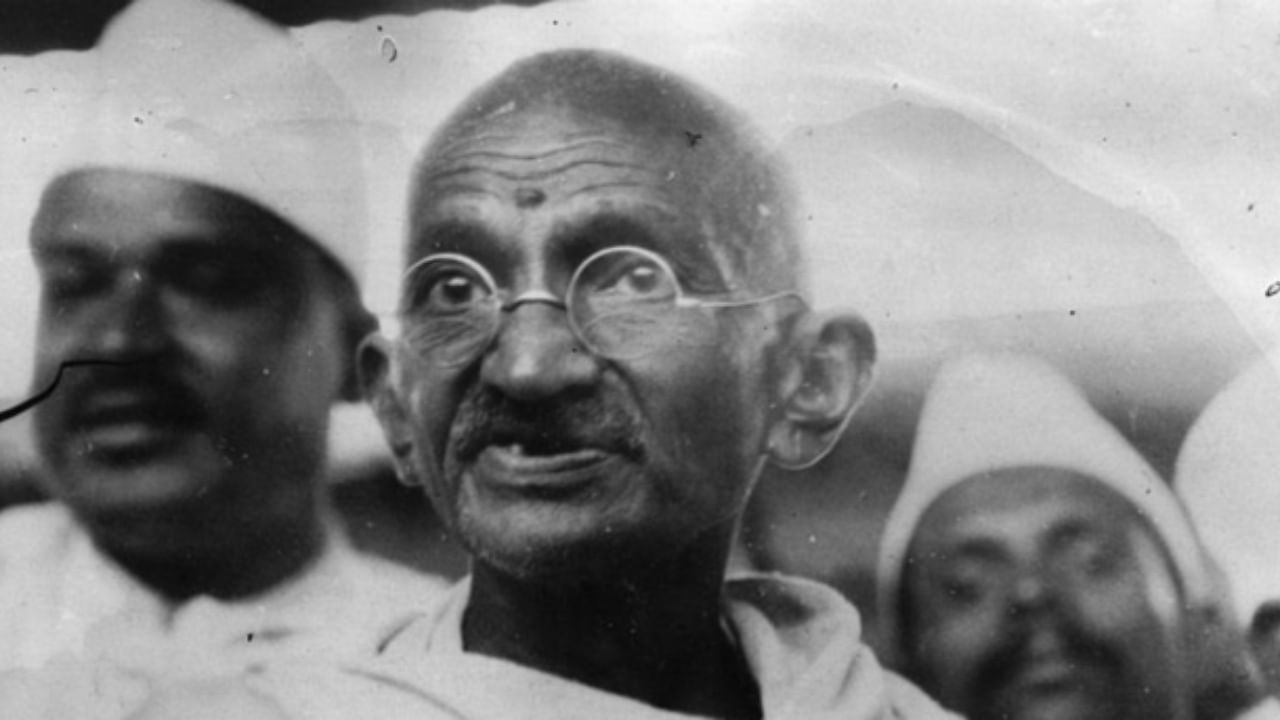
Mysuru, like any city in India, has been suffering from bad governance. Poorly maintained roads, along with blatant violations of traffic laws compounded by poor policing, have resulted in 170 traffic deaths in 2022 as opposed to 121 in 2021. Famous lakes like Kukkarhalli (favoured by Kuvempu and R K Narayan) are nearing the end of their lives.
The city’s parks are encroached upon to provide civic amenities when the Karnataka Parks Act prohibits any construction. Less said the better about the city’s iconic Chamundi Hills where in the name of promoting commercial tourism, its heritage as spiritual centre is destroyed and biodiversity is under attack.
In a democracy, we the people are “masters,” and officials should serve us with civility. How often do we get such “royal” treatment? Only when we get proper recommendations from higher-ups or elected leaders may we get the service we deserve.
The worst aspect of bad governance is the well-known fact that corruption has been ever-present in every government office without exception. Identifying any honest and non-corrupt elected leader is next to impossible.
Having failed to find a solution to get good governance over the years since its inception in 1989, Mysuru Grahakara Parishat (MGP), a consumer and environmental protection NGO, decided to try an out-of-the-box strategy: Mahatma Gandhi’s satyagraha to suit the current conditions.
Some illustrative examples of protests over the years are: demanding an uninterrupted power supply, better water supply, the proper functioning of the consumer redressal commission, stopping the vandalisation of Chamundi Hills, stopping the construction of a coal power plant in Chamlapur, etc. PILs have been filed to prevent the construction of buildings in different parks of the city and encroachments on lakes, etc.
With more failures than successes, MGP decided to organise “SATYGRAHA” for a day from 9 am to 6 pm on Sunday, January 29. During those protests, the highest number we were able to mobilise was 2,500 Mysoreans. But often it is less than 75 to 50! Such is the indifference of civic society. During the satyagraha observation, it was expected of those who participated not to use private vehicles, not to visit restaurants, and not to shop. It cannot be any simpler or easier to register our protest.
Those who are keen to get more involved to show their concern can walk to a nearby park with friends and relatives. There they can participate in introspection on where and how we have betrayed the city by failing to fulfil our democratic duties. Soon after MGP announced the Satyagraha and the media published the details, there was overwhelming support for the Satyagraha.
Satyagraha was a success in some ways. It was observed by more than 15 groups in several parks in the city. On the other hand, less than 150 people participated in introspection in parks, which was a huge disappointment.
Thousands of professionals and many retired people live within walking distance of that park. Just about every one of them had knowledge of the satyagraha, either through the media, through reading the pamphlet, or through activists informing them. Still, there were very few. This raises the most important question: why are people, even educated professionals, so indifferent?
When one cannot expect the poor to participate, since they have to worry about their next meal, there are thousands of professionals who could have or should have participated. Again, one cannot expect that all or even the majority will participate. Research has shown that if a small percentage (3.5 per cent) of people participate in any peaceful protest, such protests will succeed. Still, why did this peaceful protest fail to attract even such a small percentage of Satyagrahis in Mysuru?
Swami Vivekananda said, “So long as the millions live in hunger and ignorance, I hold every person a traitor who, having been educated at their expense, pays not the least heed to them.” In our case, because of the indifference of the professionals who do not participate in elections, we end up electing corrupt and incompetent people, and often even criminals, as our leaders. That in turn results in bad governance. Do we then have the right to blame them?
In addition, it is mostly the well-to-do people who readily pay the bribe instead of fighting. We can effect massive change if only a small percentage (the critical mass required for the tipping point) makes a small sacrifice. Let us hope that Mysuru’s satyagraha inspires other cities to pursue a peaceful strategy rather than the violent methods of gherao, locking officials, rasta roko, rail roko, forcing shop closures, and so on.
(The writer is the Founding Working President of Mysuru Grahakara Parishat)